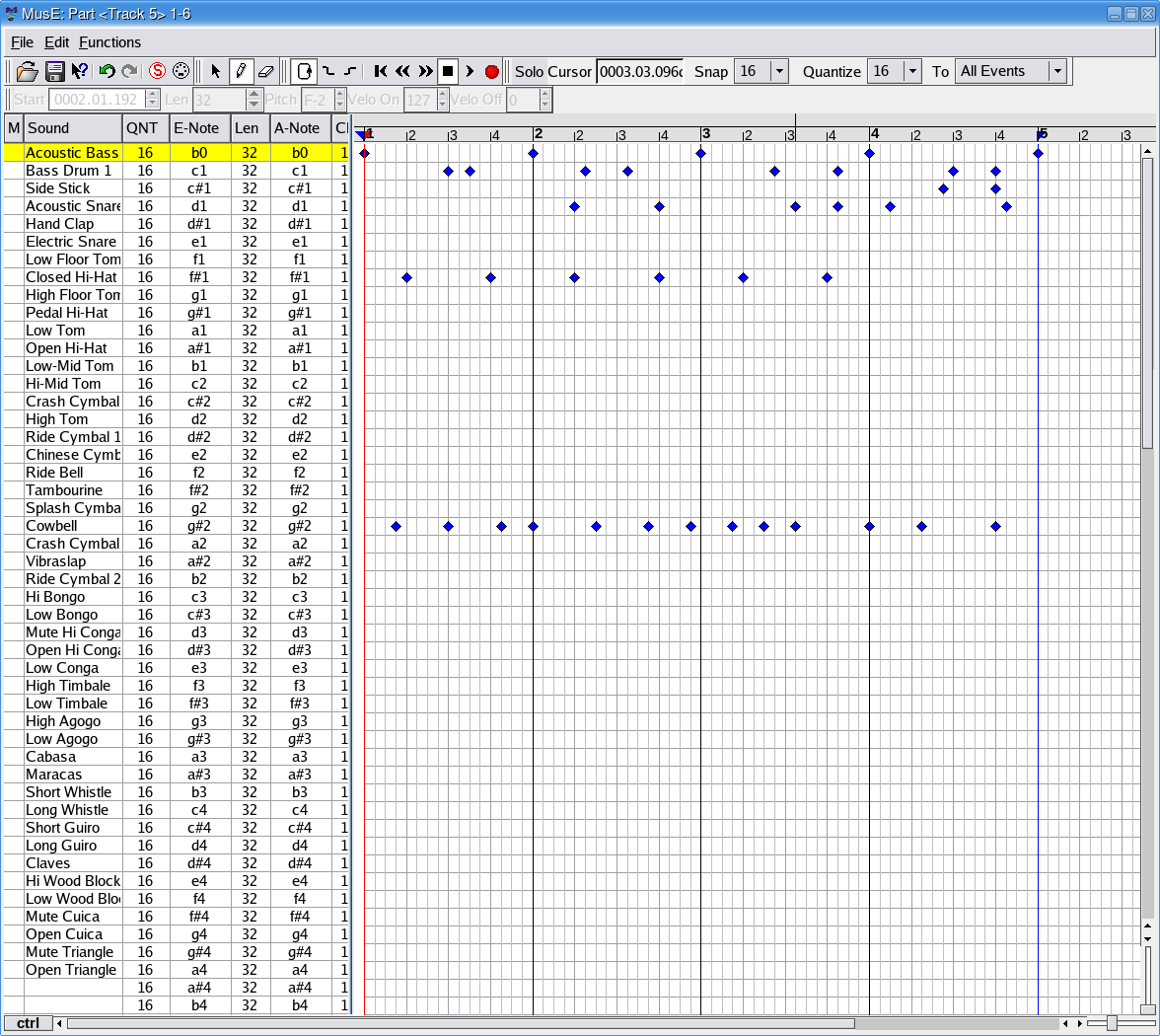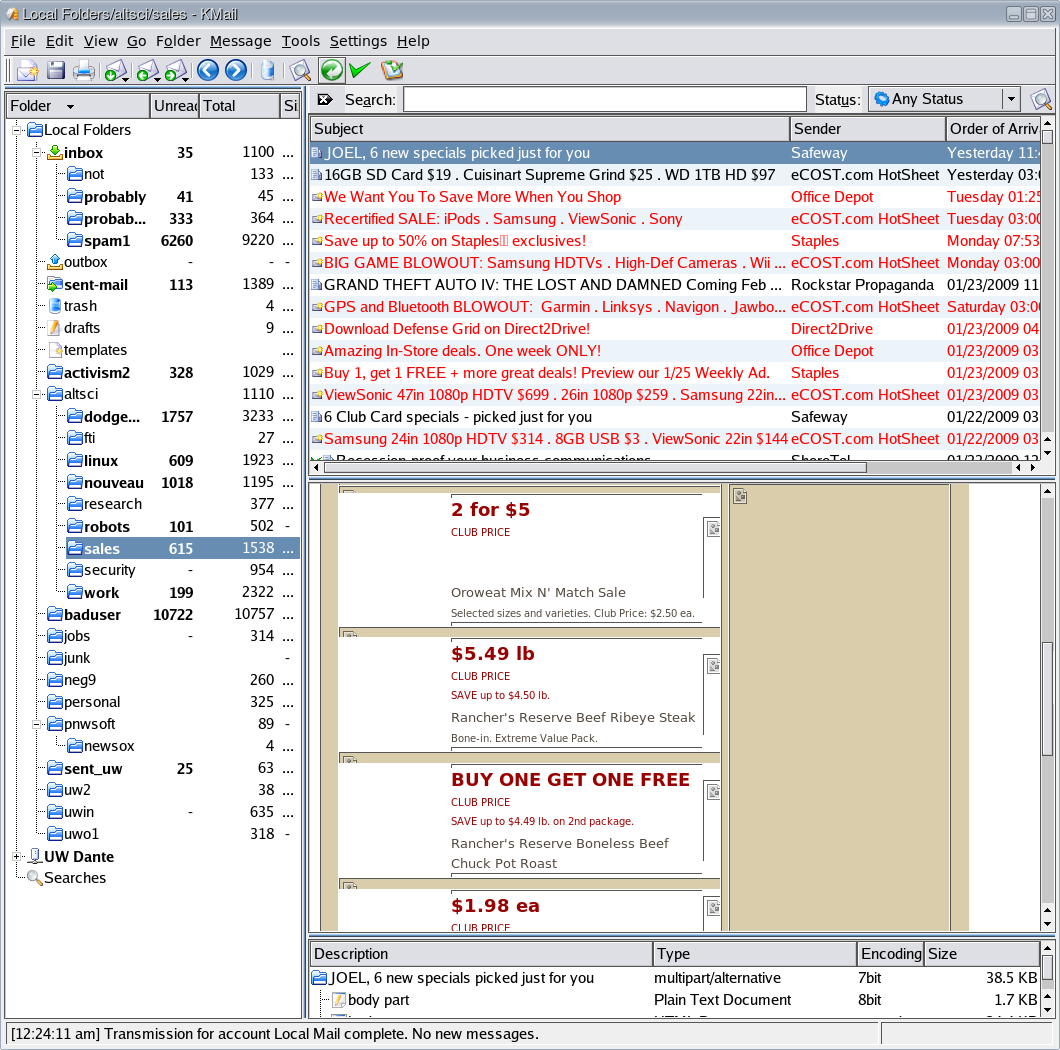Feb 21, 2009
I feel positively ill and I think I should share what made me think that perhaps the stimulus is over our heads. A trillion dollars is a lot of money. It's a number that is so large that most people can only think of it as a part of the GDP or the cost of a modern war. George W. Bush spent over a trillion dollars during his term on wars that should not have been fought in the first place. So why should we really worry about a trillion dollars spent right here in USA on stuff we should be concerned about: jobs and infrastructure improvement? A trillion dollars is more than we bargained for when we looked at the economy. When we saw banks failing and the auto industry in turmoil, the IT industry downsizing like crazy, and mortgages going belly up, we saw numbers in the hundreds of billions being tossed around. Each time it was a blow to our confidence because we saw how incredibly badly the math was being done. People have described the failure of the economy much better than I possibly could, but the obvious explanation is that we have lost jobs, lost wealth, devalued everything, and put everyone on the brink of collapse. If we had a number of how bad our economy is right now, it'd be huge but I don't have the exact numbers for it.
So the stimulus is the answer that congress and the president that we elected chose. That number we know quite well. Along with interest, the stimulus will cost $1 trillion dollars. How much is that? Well, let's try to calculate it in terms of things we do know about: wage and salary. If the stimulus was going directly to minimum wage jobs at $8 per hour (more or less depending on the state), it would generate 60 million jobs for a year. Since the US population is 300 million, that means it would employ 20% of the US population. But that includes children, people who weren't employed before the economic 'collapse'. The number of employed people in the US in 2007 was 153 million. That means that the stimulus would employ 40% of the working population. The unemployment rate is only 7.6 percent, so let's calculate how many years it will alleviate unemployment entirely: 40% / 7.6% = 5.2 years. In the president's address he said the stimulus would employ 3 million Americans, so let's take a look at what percent of unemployment he's talking about alleviating: 3/153 = 2%. So unemployment will go down to 5.6%, which is slightly more than it was last January. Not bad really. But that means that the stimulus is not going towards hiring people, it's going towards funding infrastructure (roads, levies, schools, police, fire, and alternative energy loans). Who profits from buying material and loans to alternative energy companies? I don't think I do. Do you?
Read more »
Feb 7, 2009
I've been working for months on drumming and even longer on composing music. For such a long time I've been pretty much unable to create music that sounded reasonable. I wondered if I just didn't have the knack. Today I learned that software plays a large part in production of music that sounds good by amateur composers. Plenty of indy guitar players sound great because they have an instrument that they've learned, but for me who has never learned an instrument properly (my keyboard and recorder experience don't count since I can't reproduce it), software has finally created the answer. I'm using MusE, Jack, and TiMidity++ with Linux. I hand compiled each, but less technically oriented people can use these programs with an audio production live CD or a distro that has packages for these programs. To find these programs, I went through the lists at Linux Sound software and looked around. I've been looking at them and using various other programs for a long time. It hasn't been until now that I've finally understood why I should use a real sequencer like MusE.
The question of why can be answered with a few files and a simple explanation of how I created my first composition. First, I created a drum track and opened up the drum roll. I clicked on the pencil tool and started adding items. I set the left and right markers by clicking on the bar scale. I put it into loop mode and started playing it. It sounded right immediately. I started subtracting notes and it sounded good. I trimmed it down to four instruments (bass, snare, hi hat, and cowbell) and figured out what sounded good. The total time from first note to last note was a few minutes. Here's the MIDI file and here's an Ogg file for those who don't use MIDI.

Jan 29, 2009
Tonight a very special and unique look into the advertising machine and those who hate it with a passion only describable in vulgarity. That's right, a screenshot of my e-mail client with almost all my e-mail since 11/05/2007. If you feel that you can find some hidden information in this screenshot, I don't doubt it at all. This is incredibly rich data about me and I really consider it to be a privilege for me to be able to be so open about my communication as to write this article with it included without any need for self-censorship.

The main reason for my writing this article is to call out Safeway into answering for their e-mail marketing campaign which is so awful that it is recommending "Rancher's Reserve Beef Ribeye Steak" and "Rancher's Reserve Boneless Beef Chuck Pot Roast" to a vegetarian of 6 years. I have not purchased any beef from Safeway in my entire life using the club card (loyalty discount card) or not. I am not saying that their algorithm is completely false because it matched Oroweat and Organic Salad, but I am absolutely certain that they have gone far beyond legitimate matching to provide a vegetarian with a sale on beef. I am offended by their algorithm. As you can see, it says quite specifically in the subject "JOEL, 6 new specials picked just for you" and elsewhere it says, "We've got great savings on several of your favorite items." I would not have been offended by this advertisement had it been completely random saying: "Yo bitch, we don't know you at all, so eat our meat," but instead it has named me specifically, given two items that I am very likely to eat and then completely obviously added two items which I would never eat in my entire life. This is my crusade against completely offensive advertising and today I start with you Safeway. Let's hear what you have to say in your defense.
Read more »
Dec 10, 2008
Che is a movie about a prolific revolutionary. Not his early years like Motorcycle Diaries. It's a huge story so it involves a 4.5 hour investment with an intermission. If you don't know whether you'll like it, let me answer for you: no. If you're looking for a long movie and you don't know whether you'll like it, you might like it. It's long and it doesn't mince words until the end. The first part is very glorious, heroic at times, and heavy on ideals. It explains what happened, why they did it, what role he and Castro had to play. If you know the story a tiny bit, you might not waste your time watching it, it's the details about city to city stuff. The second part explains the struggle in Bolivia. If you know a bit about Che, you probably understand that to compare the two parts of the movie is lame. A failed revolution is never going to be heroic or wonderful. And so Che is going to get a lot of flak from people who didn't really want to watch the second part. It's important for me to watch the second part because it shows that Che was mortal, died in a blaze of gunfire, and lived his ideals. Che has been symbolic for those who wish to shrug off the shackles of imperialism, tyranny, and dishonest governments. His life was powerfully lived as well as he probably could. A revolutionary who fails once or a hundred times has done what he or she can.
Am I trying to glorify Che? No, he probably gets as much credit as he deserves. It's the movie that I'm trying to redeem. People probably expect too much from the movie because there really isn't a revolutionary who can be glorified a lot more than Che and yet the second part of the "roadshow" was about him failing. If the directors had decided to stop at the end of part 1 and done the same as Motorcycle Diaries and printed the text saying: "Ernesto 'Che' Guevara went on to organized failed revolutions in the Congo, Venezuela, and Bolivia. He died in a hail of gunfire," it would certainly be a disservice to him. People would exit the movie and say: "and look at Cuba now, I bet they wish they were like Bolivia*." Describing what happened in Bolivia explains the duality of revolution, armed and unarmed conflict. Che partially led a successful armed revolution in Cuba because the support was far surpassing the enemy's number. In Bolivia, the lack of support and the overwhelming enemy military force was easily enough to defeat Che and the Bolivian rebels. What's this I talk about duality then? If revolution is just about numerical superiority, then no duality exists, does it? The duality of revolution is that numerical superiority comes from popular support, and popular support has nothing to do with violence. Popular support comes from ideals. If a revolution has better ideals and can sway the popular opinion, it will have the support it needs to win a war against an oppressive government. But here is where it gets tricky because if you have popular opinion, is armed revolution necessary? Che obviously thought it was and he has evidence. Evidence to the contrary is quite difficult to obtain. Pacifists may never obtain enough evidence that non-violence is the solution. So far we have India and possibly Tibet (which is in progress). Other evidence may possibly exist, but I'm not going to get into it. What people most certainly know is that when faced with a dictator who murders people, violent revolution has done the trick quite a few times.
Read more »


